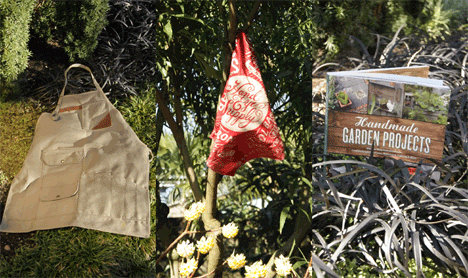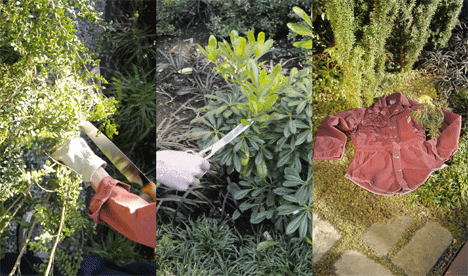
Core77's Hand-Eye Supply Curiosity Club is excited to present Trevin Miller of Mr. Green Beans, Portland's D.I.Y. coffee roasting guru!
Tonight's talk starts at 6 at the Hand-Eye Supply store in Portland, OR. Come early and check out our space or check in with us online for the live broadcast!
Trevin Miller:
Mr. Green Beans "Home Coffee Roasting - It's That Easy!"
Hand-Eye Supply
23 NW 4th Ave
Portland, OR 97209
Tuesday, March 19th, 6PM PST
Home Coffee Roasting is fun and easy. For a modest price and very little to no investment in specialized equipment, you can turn raw green coffee beans into a spectacular cup of coffee. It only takes a little practice and you can easily create freshly roasted coffee that will rival even the best commercially produced coffees.
Why roast your own coffee? Everyone seems to answer this in a slightly different manner, but the main ideas are the same. The biggest reason for most people is that fresh roasted coffee just tastes better. It's smooth and rich and doesn't have the acrid acidic bite that many associate with store bought coffee. Unfortunately, roasted coffee has a very short shelf life and is only fresh for about 7–10 days. Raw coffee on the other hand is shelf stable and can be easily stored until you are ready to roast it. This allows you to roast only what you will consume within a reasonable amount of time, allowing you to always have fresh roasted coffee. Another reason people choose to roast their own coffee is the price. For as much as 1/2 the price of store bought coffee and as little as six minutes of your time, you can create delicious craft roasted coffee. One big benefit of roasting at home is control. By roasting your own coffee, you gain control of the process and you can dial it in to your own personal preferences. Great coffee roasted just the way you like it, and for half the cost! Why not roast your own coffee?
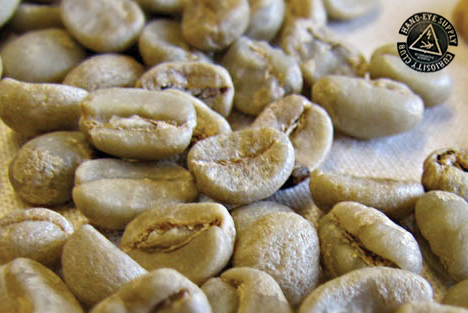
As co-owner(the male half) of Mr. Green Beans, Trevin has unintentionally become Mr. Green Beans. From helping coffee shop owners who are just starting down the coffee roasting path to helping homeroasters trouble shoot their latest batch, Trevin is always willing to share ideas and pass on the insights he has gained from the many pounds of coffee he has roasted. Even though he has access to some of the best professional equipment, Trevin is quick to fire up his old popcorn popper to show a visitor just how easy it is to roast coffee.
(more...)





 The
The  The latest generation of
The latest generation of 

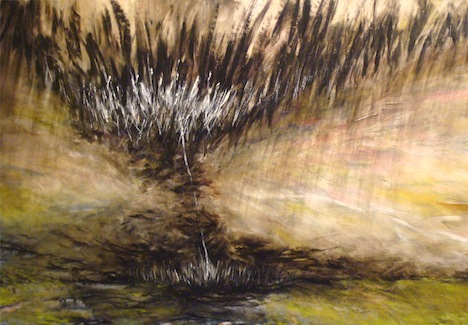





 Fukushima's
Fukushima's 
 Like their Western counterparts, Iga-yaki donabe pots have high heat capacity
Like their Western counterparts, Iga-yaki donabe pots have high heat capacity The mushinabe can also be used as a steamer
The mushinabe can also be used as a steamer




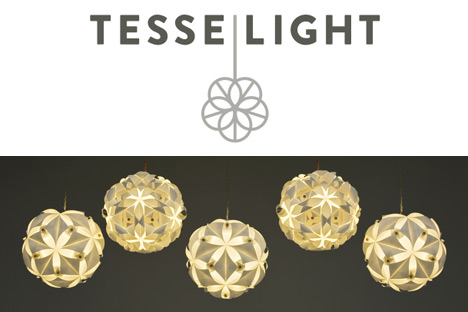
 The "Atom," pictured above and at top
The "Atom," pictured above and at top
 Detail of "Aurora"
Detail of "Aurora"















 Vumela Umsebenzi Totem, Rudolph Jordaan and Micah Chisholm
Vumela Umsebenzi Totem, Rudolph Jordaan and Micah Chisholm The Picnic, Keri Muller (simpleintrigue)
The Picnic, Keri Muller (simpleintrigue)












 L: Michael Hendrix; R: Paul Bennett
L: Michael Hendrix; R: Paul Bennett



